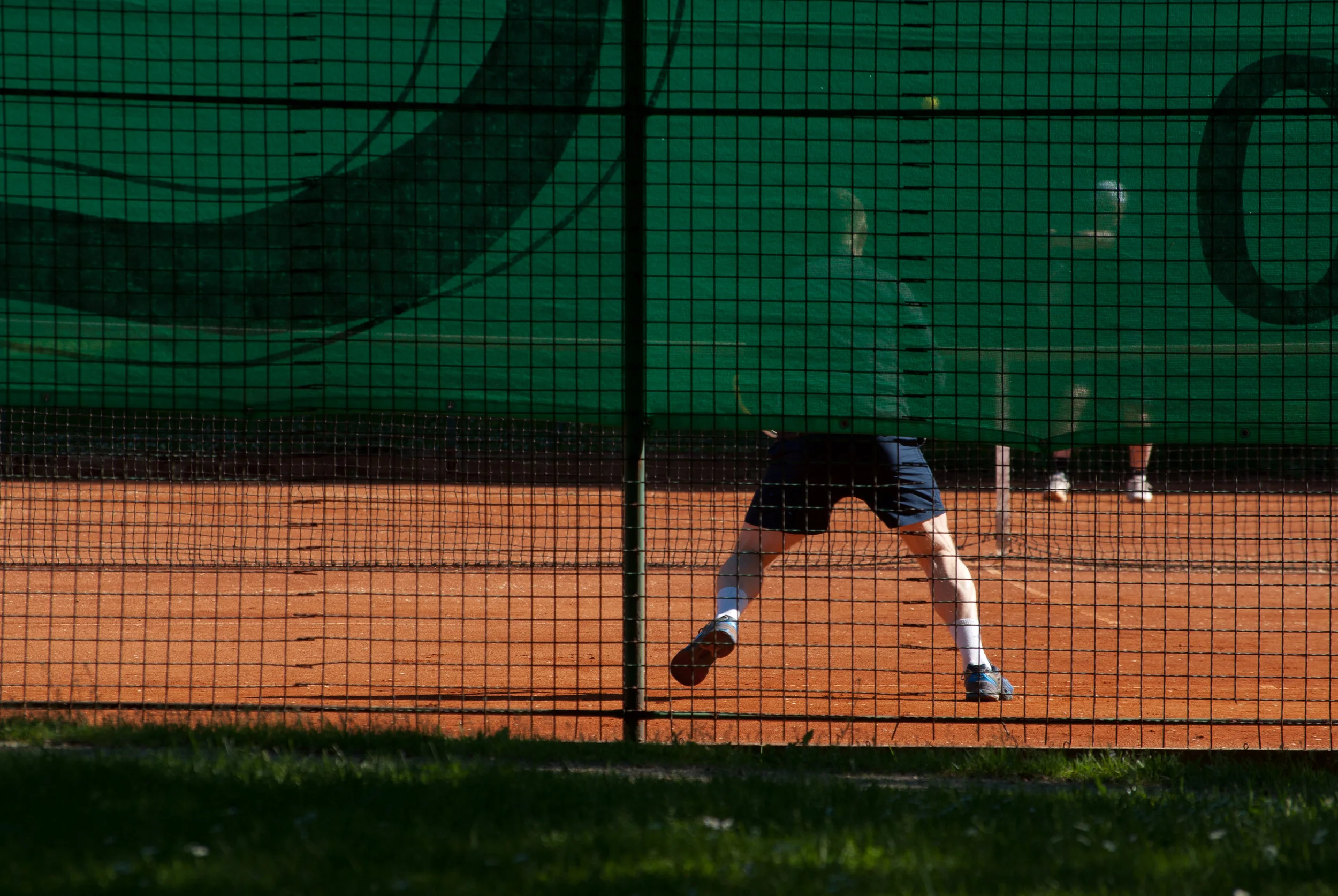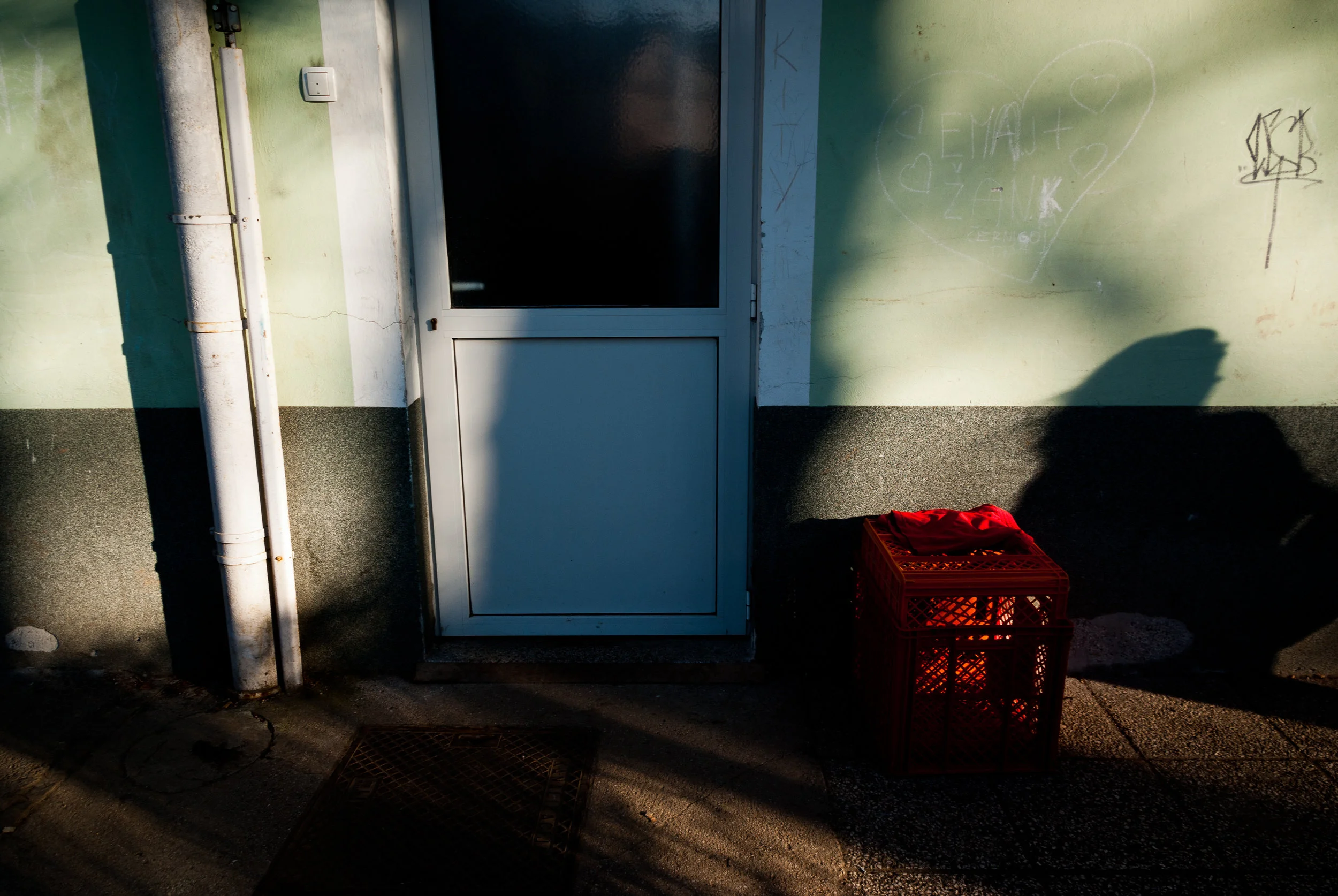Beauty Is in The Eye of The Beholder
by Bogo Pečnikar
I live in a town surrounded with greenery, yet also containing lots of parks.
I'm lucky to live in the immediate neighborhood of one, so convenient for my daily walks. first with my faithful dog, who is now getting too fast for me - and it is me who needs the daily exercise … or those times when I'm only walking alone with my cane and my camera, the later being (except myself) my oldest companion on these brief sojourns.
It all began with a smartphone in those times when I wasn't yet used to lugging my camera with me.
The park consists of an ancient forest-like core of huge chestnut trees once belonging to a19th- century manor, which now houses a cafeteria and pizzeria. The park is landscaped amid flat land that probably once served as the baron's fields. Today, this area features numerous sport objects and playgrounds, including a swimming pool, a few tennis courts and even a small football stadium with an athletic track.
Add to this a grade school and a sports college, both buildings from the 1960s in that socialist utilitarian style allegedly inspired by the Swiss-French urban planner Le Corbusier (1887-1965), one of the pioneers of modern architecture … the whole scene is interspersed with miles of wire fences.
Indeed, this is not a visually pleasing environment … yet the air is fresh, the grass is green and there is no traffic. Despite the visually dull milieu, I scanned for compositional details.
I used my smartphone to take some photographs. When reviewing the material at home, I was quite happy with the results. Yet if the image quality was disappointing, I brought my camera the next day, and the day after.
As the environment seemed static, I often studied the landscape for nuances like classic painters, embracing the subtle changes in light and atmosphere measured by time and climate.
Gradually, I learned to adopt the annoying wire grid as an integral part of composition … a distinctive common denominator of the series, and an important element of its narrative - conveying the feeling of the solitude and being caught in daily routines and obligations.
Having the camera with me, I was also able to take photographs during coffee breaks in one of the two cafeterias, be it portraits of friends I met, or candid images of random guests and personnel.
Back home, when reviewing the photos I often liked some of them very much, yet they usually ended in some marginal folders on my computer hard drive, since I never considered them as central to my portfolio.
The images were much like etudes, known to every music student …short pieces of music addressing certain technical problems, different scales and chord progressions - not without the appeal of real music, possibly containing nice ideas and pleasing melodies.
Exactly like playing etudes this praxis helped me stay connected with my photography, practicing creative framing and swift reactions, experimenting with exposure settings and testing new equipment, when I was lucky to acquire some. All in all, a habit I can recommend to any photographer.
Over time I developed a special affection for finding mysterious beauty in apparently dull, if not ugly everyday scenes. The Japanese culture has a special word for it: “wabi-sabi,” which is an aesthetic that embraces transience and imperfection. As a result, my collection of photos has grown larger and larger.
As it is a product of conscious activity I could boldly call it a body of work, some images being quite interesting … evoking many memories of my solitary walks and even passing the test of time … in my opinion, worth showing to a broader audience.


























































































